Abandoned locomotive CPR’s BIG Hill – 1992
The steam locomotive seen here has sat abandoned for over 100 years. Used in construction of the CPR’s famous Spiral Tunnels that bypassed the problematic “Big Hill”, when this project was completed the engine was simply left behind.
Built by the Baldwin Locomotive Works in Philadelphia Pennsylvania, this Mogul (Whyte system 2-6-0) was originally owned by the North Western Coal and Navigation company of Lethbridge Alberta. That line was constructed to tap the areas coal reserves and was built to the non-standard gauge of 3 feet. Other major rail lines in Canada were all built to standard gauge (4.8 1/2”).
Narrow gauge lines like this were not terribly common in Canada and while they offered some perceived benefits (lower cost of construction being one), they had several major disadvantages too. An example being the exchange of freight between lines – the load or freight had to be physical transferred from narrow gauge to standard gauge cars at the interchange point. A laborious and costly undertaking.
Serial number 7717, this engine was constructed in November 1885 as NWC&N number #6. Unused after the line was standard gauged in the 1890s, it was late sold to the MacDonnell and Gzowski Construction company. This organization was responsible for building of the Spiral Tunnels and this locomotive along with some others toiled at this site for a couple years. They were used to haul spoil from the tunnels and materials and supplies in.
Once the project was completed in 1909 this engine was unceremoniously dumped on a side spur. It has been stripped of some parts and it’s not sure if this was done at the time of abandonment, or if later scavengers did this. It’s also on its side and it’s assumed this was to allow access to the parts that were removed. Or maybe it simply derailed when being shoved down the line? Contrary to some romanticized reports this is a NOT the remains of a runaway train.
No evidence can be found of the cab but it was likely made of wood and has simply rotted away. Surprisingly, some wood on the pilot is still intact as is planks on the tender decking.
There were one to two other locomotives that worked on this same construction project, one of them being the sister engine to the one seen here (NWC&N #7). Their disposition is a bit sketchy and nothing definite could be found by this author, only some rumours and speculation. Given their age at the time, along with that they were small narrow gauge engines means they likely didn’t last long afterwards. That would be a good bet.
The Spiral Tunnels were an important and costly project and this allowed the CPR to finally abandon its famous Big Hill. Incredibly steep (by rail standards) the line was a major bottleneck and trouble spot and construction of the tunnels alleviated a number of nagging problems. To a degree anyway, and even today this is the steepest section of the CPR mainline. Trains here travel very slow which means the line is often at times very congested. Certainly it’s one of the more challenging sections on the entire railway.
This locomotive can be viewed by following the “Walk in the Past” trail that starts from the Kicking Horse camp ground just east of Field. It’s not a hard trail, but I’ve never seen anyone on it, except for bears that is.
The North Western Coal and Navigation Company was subsequently folded into the Alberta Railway and Coal Company. Later this organization changed its name yet again to the Alberta Railway and Irrigation Company – adding the St Mary’s River Railway to its holdings at that time. The railway also owned coal leases and irrigation canals, but we’ll leave those for another time. Are you lost yet? Finally in 1912 the whole mess was leased to the Canadian Pacific Railway for 999 years. The former NWC&NC line is now the CPRs Taber subdivision and the locomotive seen here would have operated along this line which stretched from Lethbridge to Medicine Hat Alberta (nearby Dunmore actually).
The images here were scanned from 35mm prints and were taken in 1992. It was a dreary fall day and the pictures reflect a gloomy feeling.
To see what the locomotive looks like in 2013, follow this link…
CPR’s Big Hill revisited.
One of our passions is railway archaeology and to see some posts on this subject, why not click these links…
Bridge hunting – Bullpound Alberta.
Hanna roundhouse and turntable.
Bankhead Alberta ghost town.
If you wish more information on this place, by all means contact us!
Date: September 1992.
Location: Near Field BC.
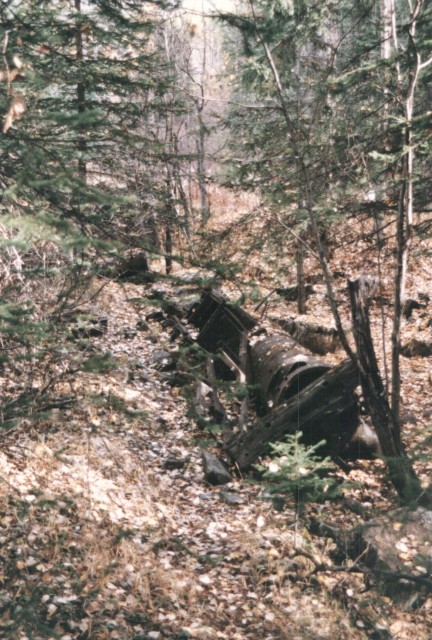
The locomotive has sat here for over 100 years.
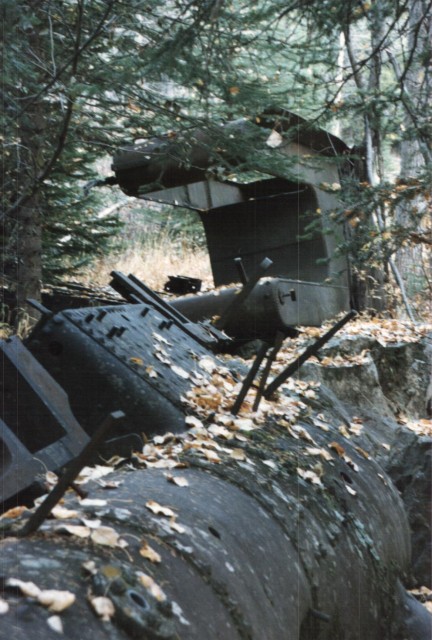
The U shaped water tank from the tender.
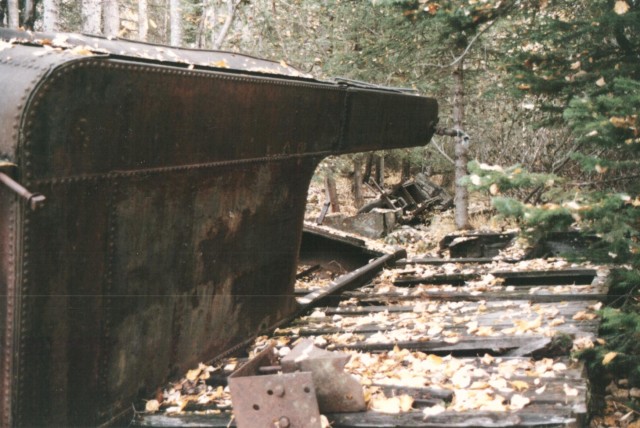
The tank has fallen (or was pushed) off the tender decking.
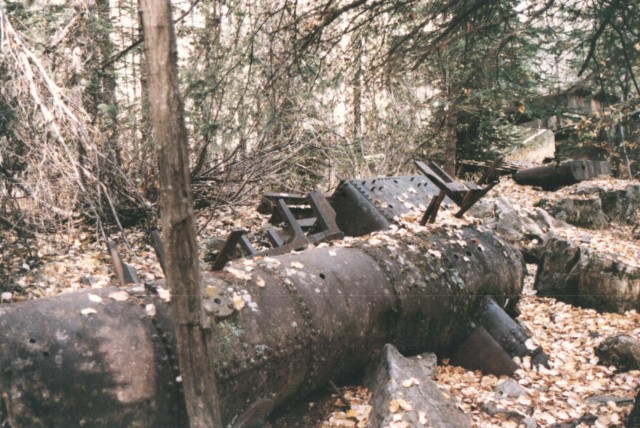
This locomotive was built in 1885.
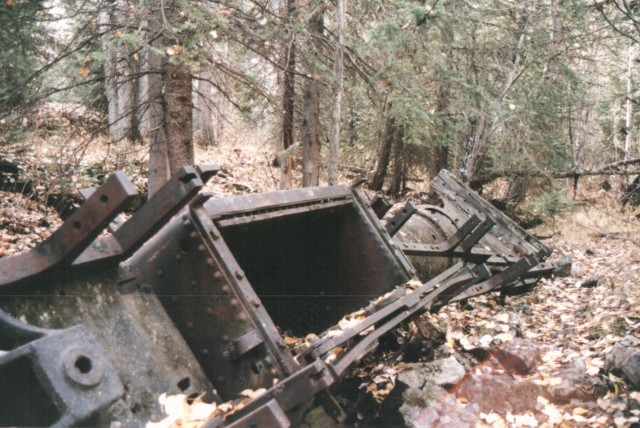
The underside of the open fire box can be seen here.
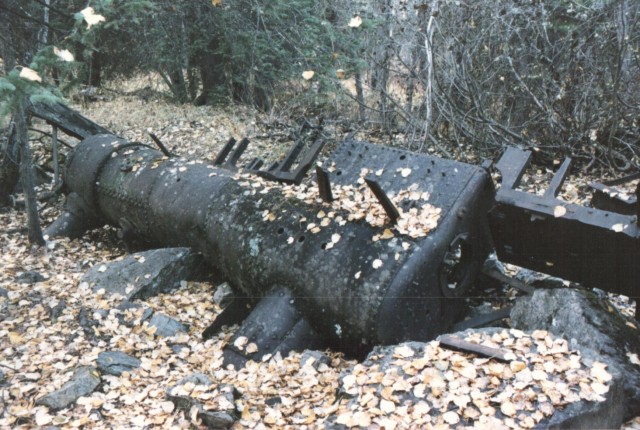
It once belonged to the North Western Coal & Navigation company, Lethbridge Alberta.

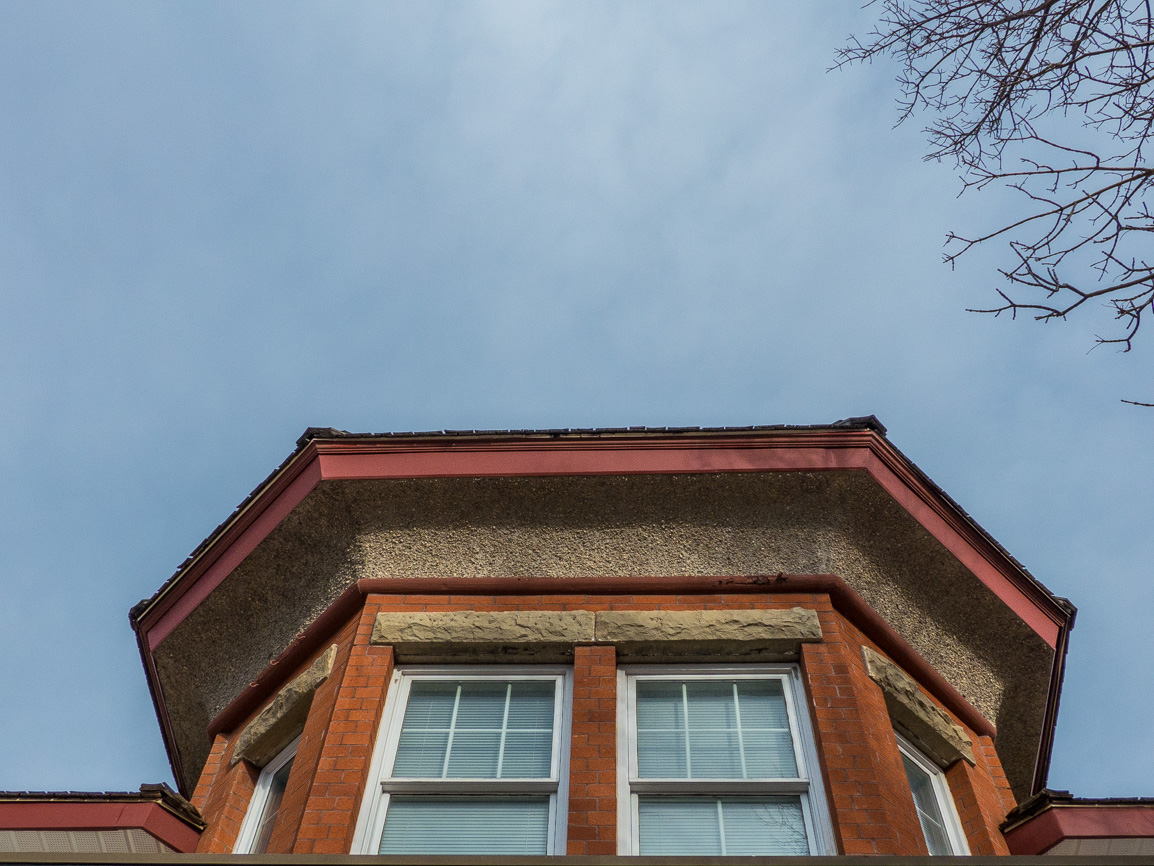
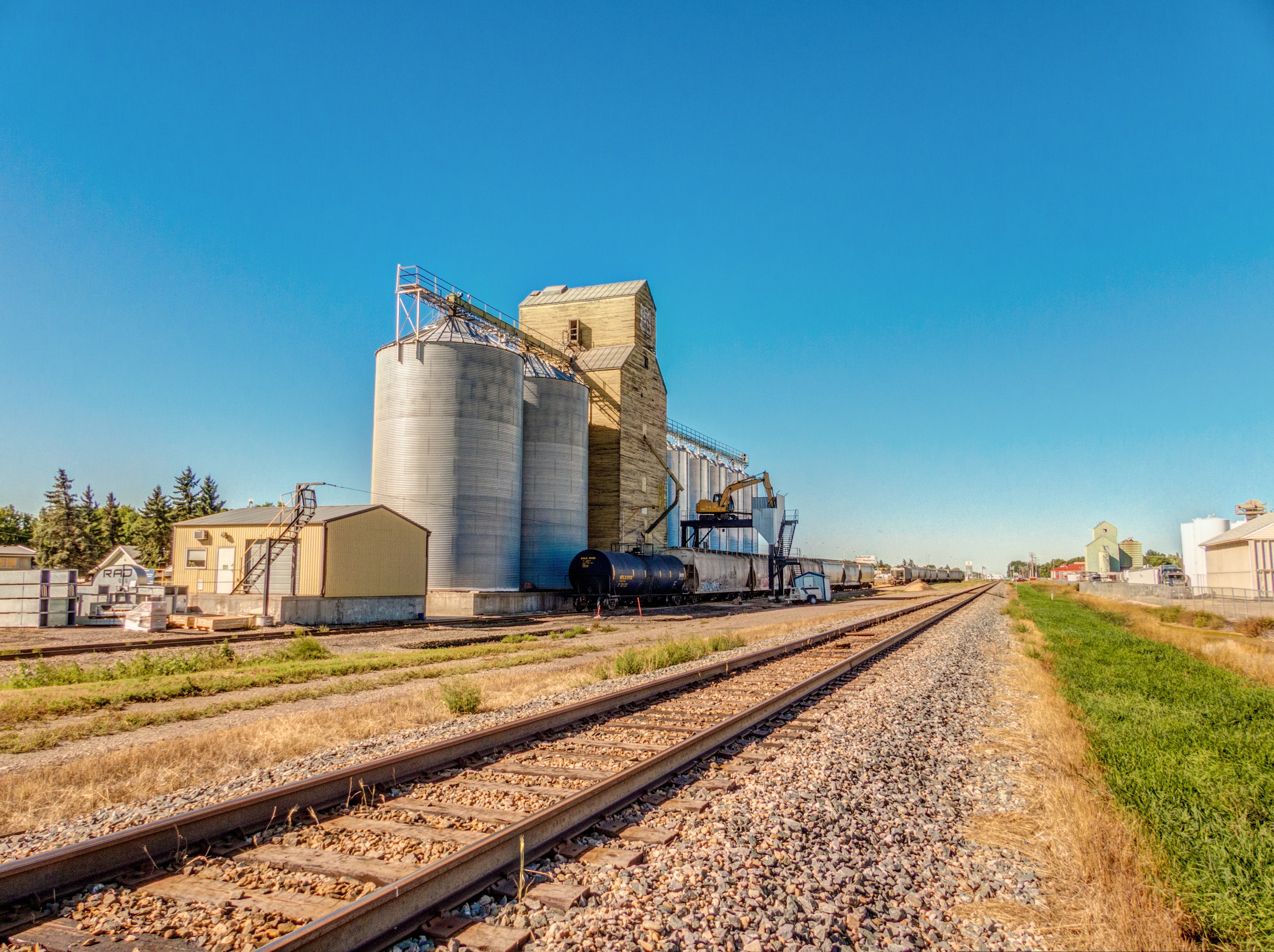
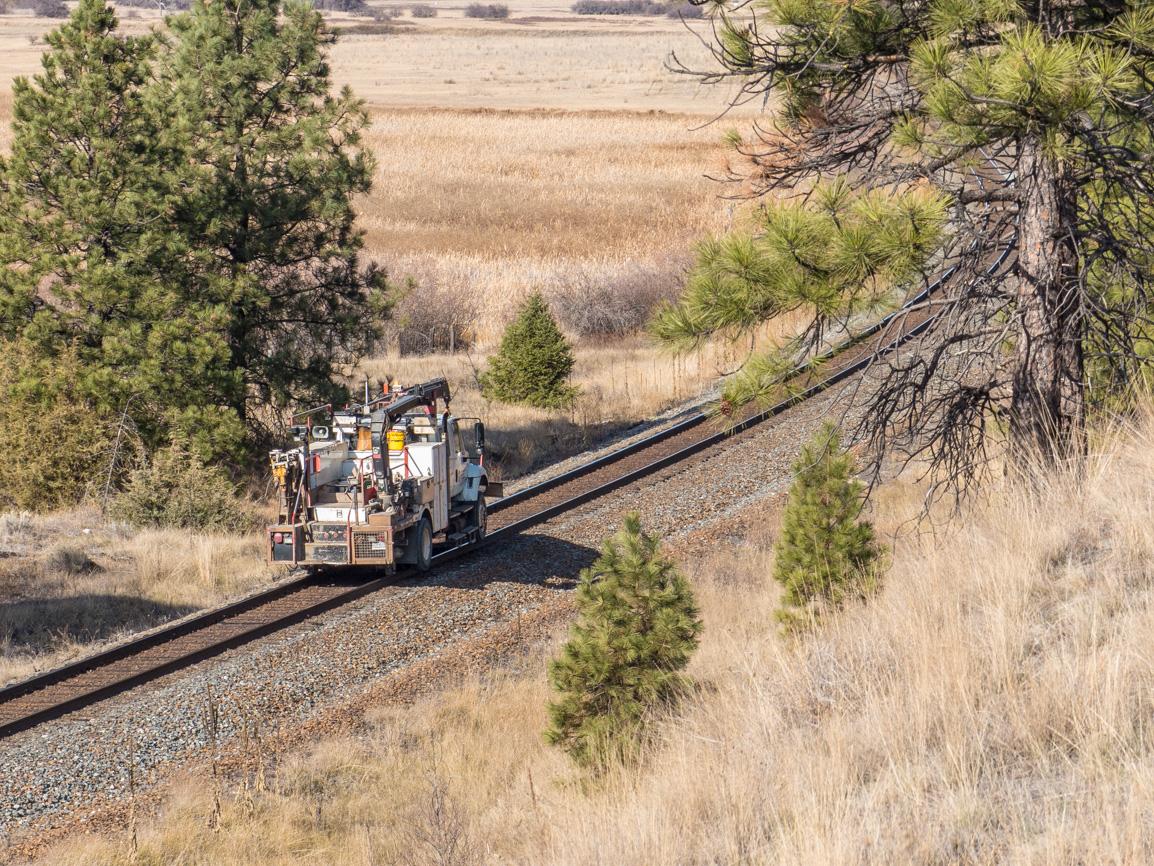
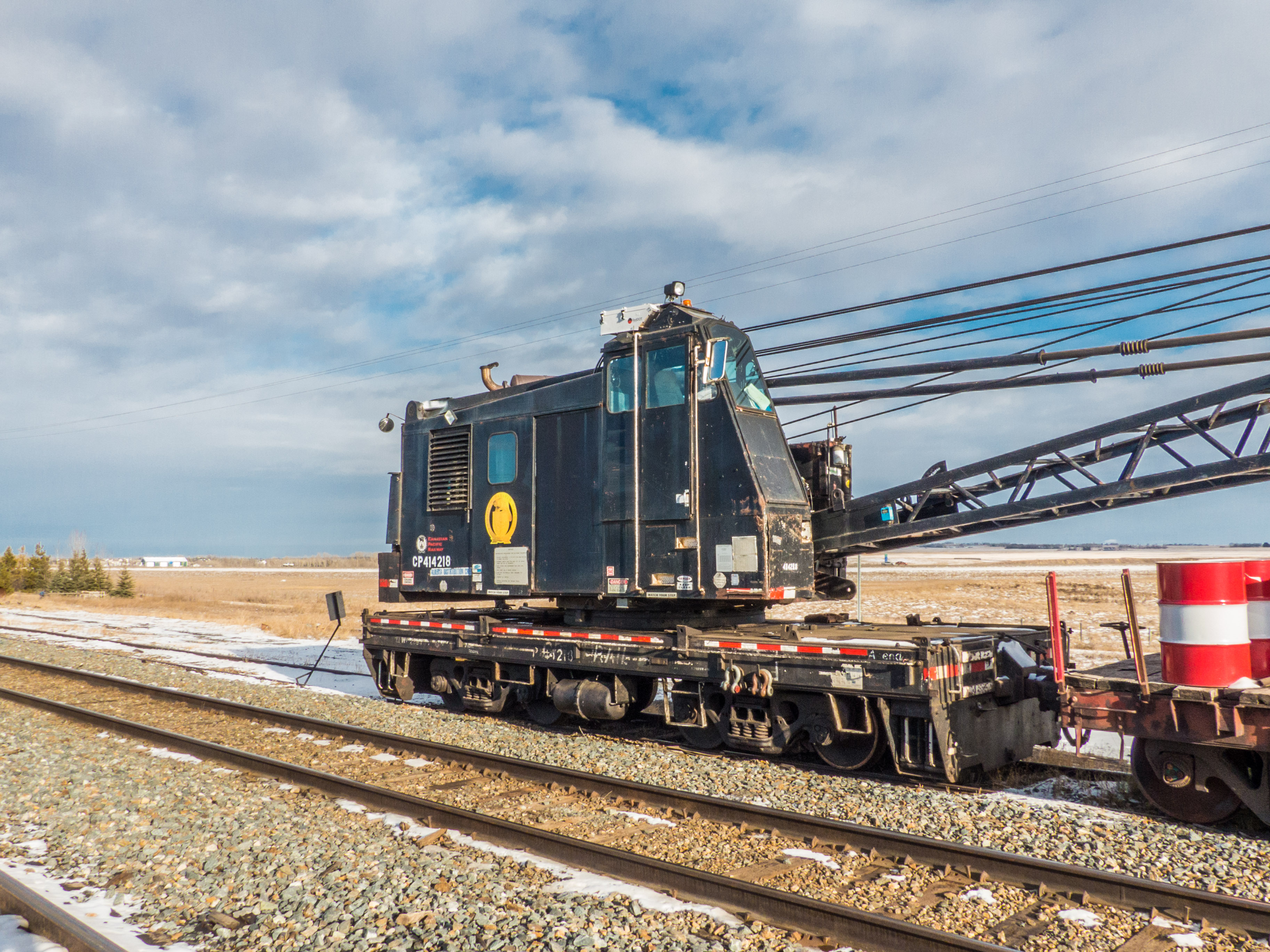
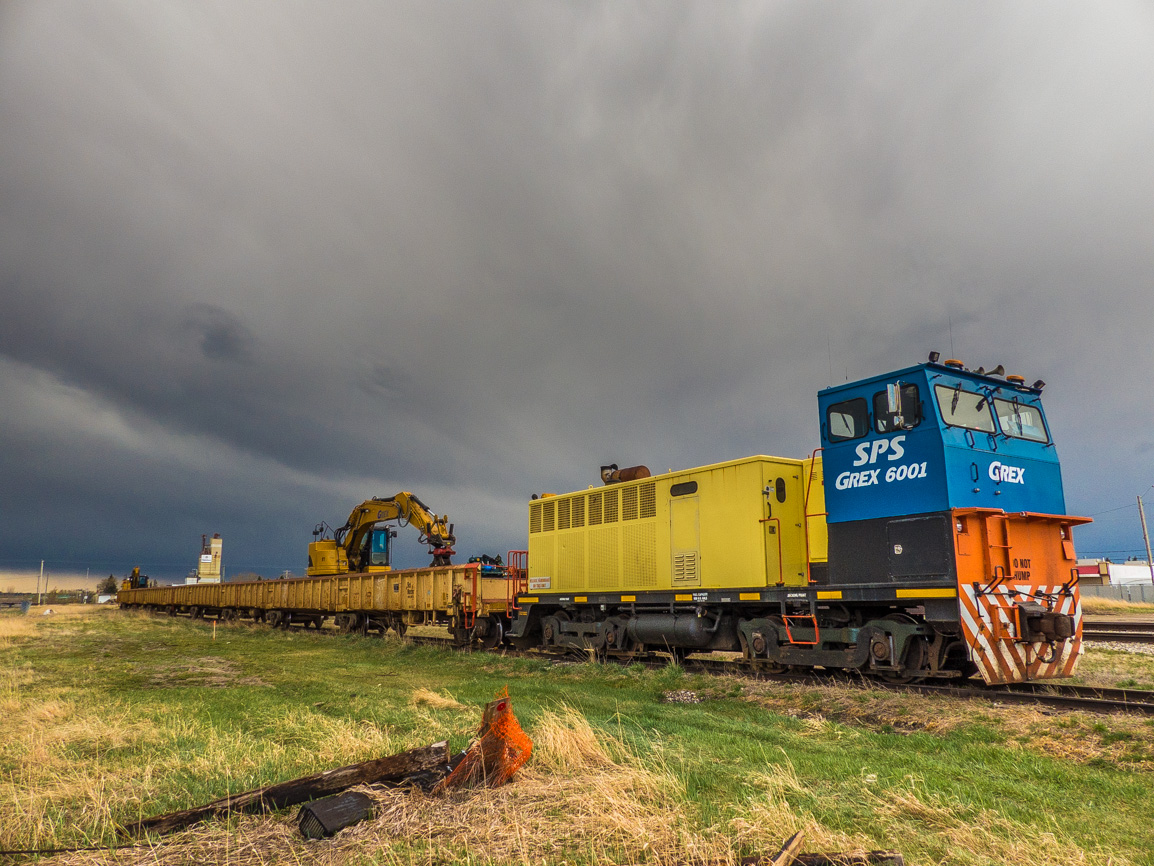
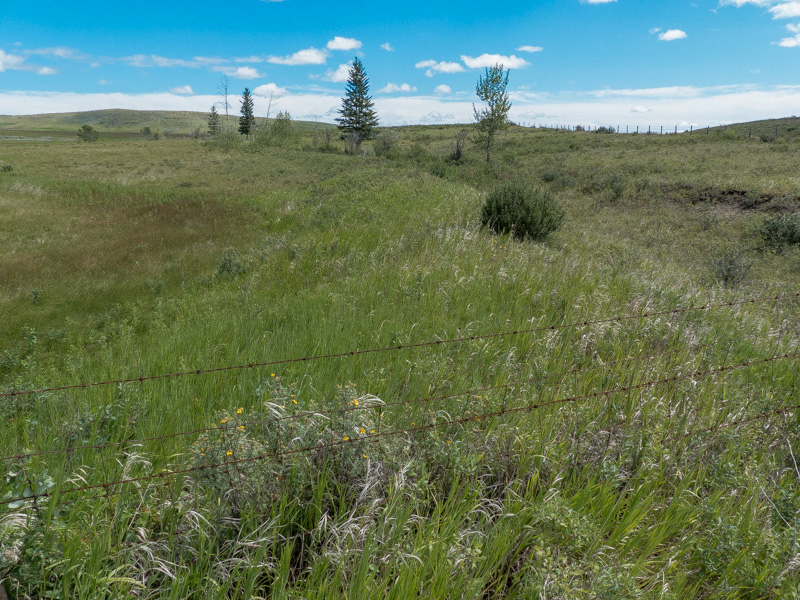
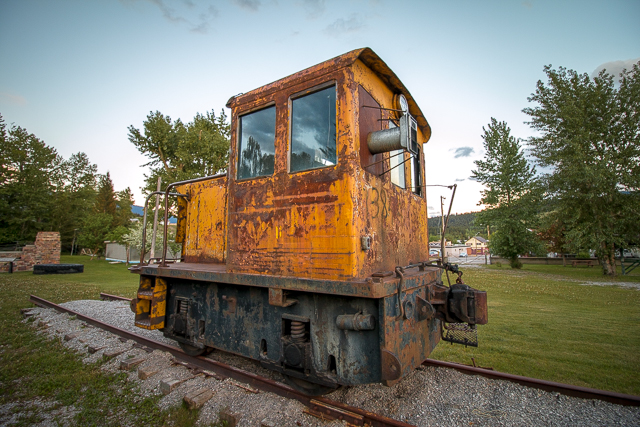
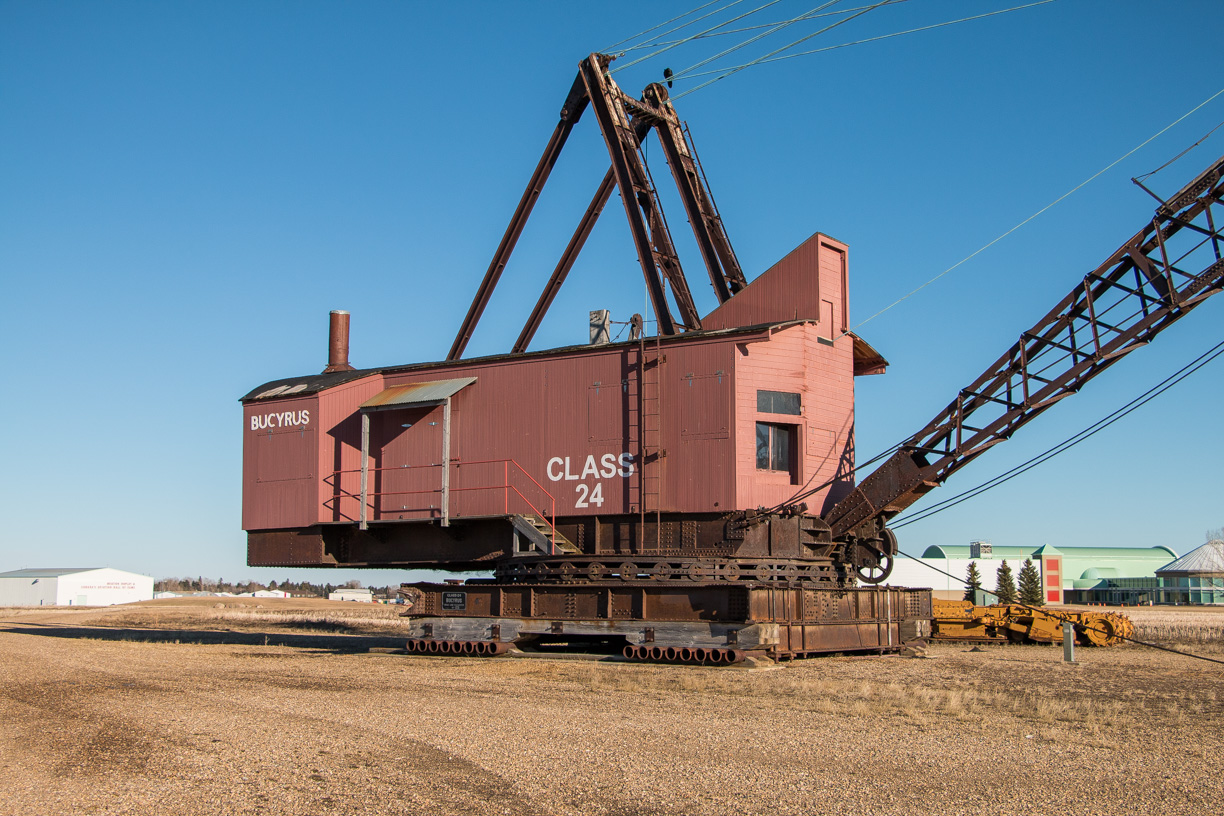
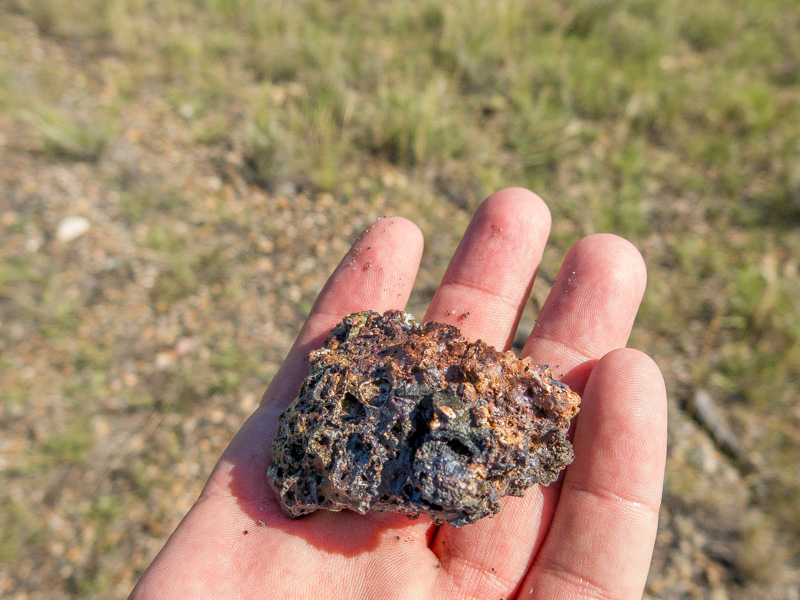
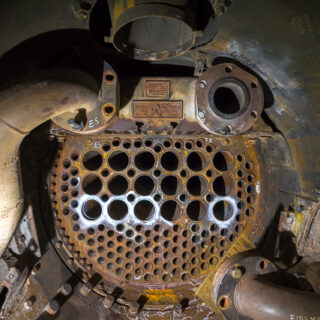
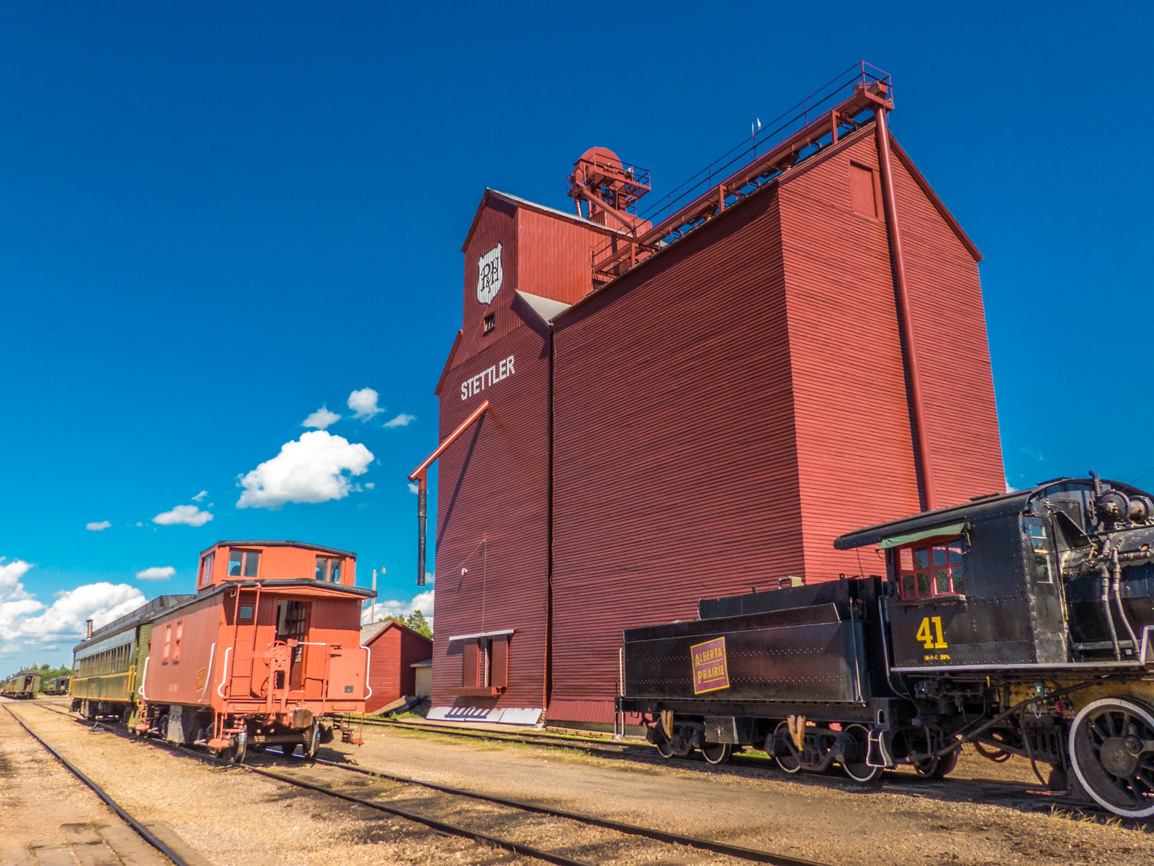
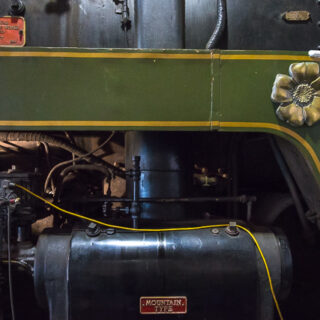







Epic! You’ve been at it long before many of us were born.
Been doing it, that is exploring forgotten places, since the 1980s. Yup, that long!
I have a photo of C.P.R. 1992 locomotive. Anyone know if this is that same locomotive?
Afraid not. The locomotive seen in this post didn’t belong to the CPR and instead was used by the contractor who was building the Spiral Tunnels nearby. The number 1992 represents the year the photos were shot. Thanks for dropping by our little corner of the world.
Just visited there is Aug 2013. Have some of my shots on my Panoramio site. A must visit for any fan of CPR and British Columbia history. Trailhead begins in the Kicking Horse Campground. Pamphlets are available on site.
Thanks for posting! We just revisited the place a month or so ago and you can see that article here…
https://www.bigdoer.com/11757/exploring-history/cprs-big-hill-revisted/
Great Pictures — a Very Intriguing Place — I want to checkout one day — as far as that goes. Anything to do with Stream Rail History !!
Been on my list of places to visit for a LONG time now.
Is it a hard walk to get to this locomotive?
Nothing too hard and just simply follow the marked trail that starts at the spiral tunnels lookout. It’s perhaps two km each way on the old railbed (not too steep).
Wowzers what you guys find is amazing.